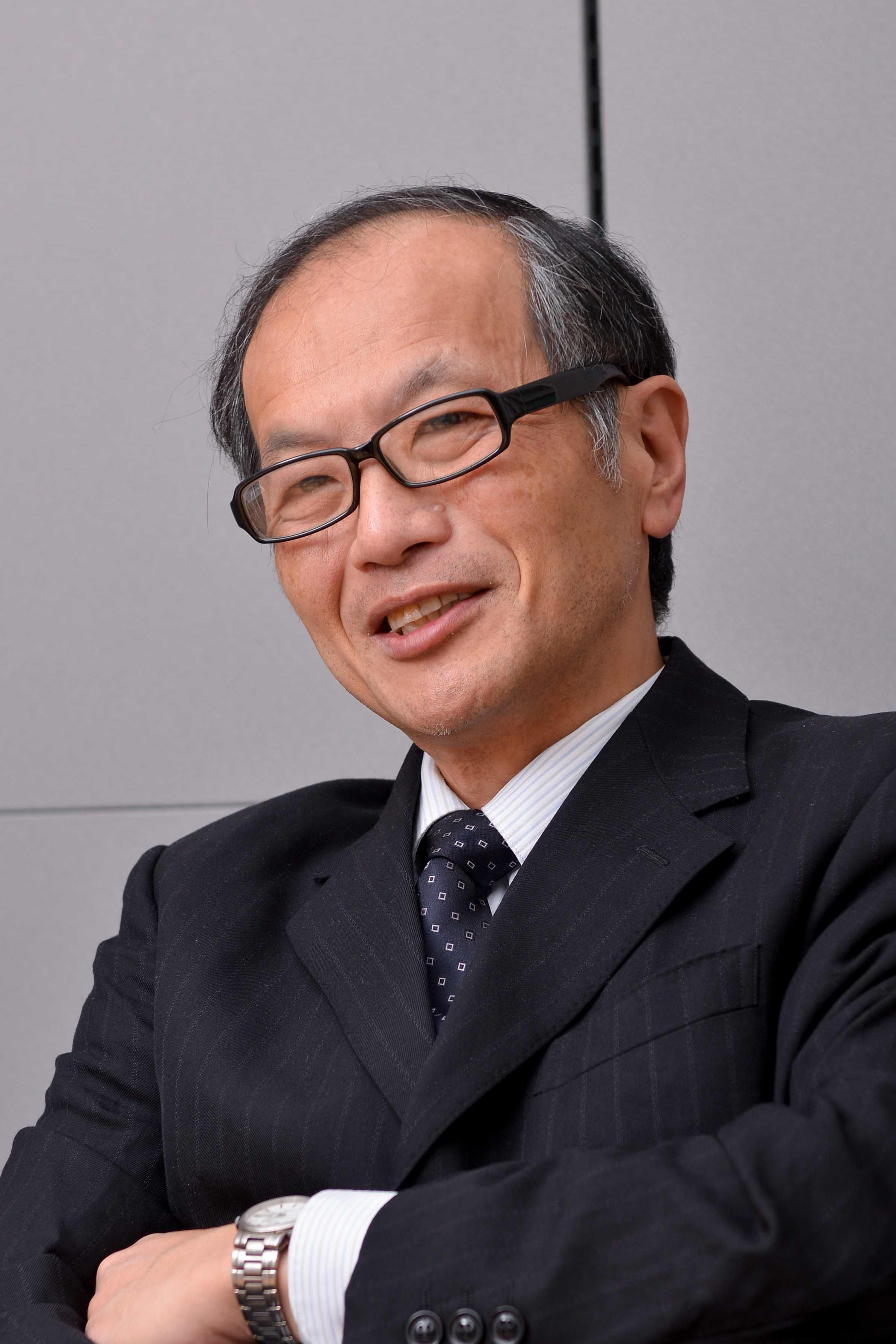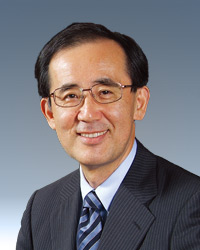Interview: Preventing Deflationary Pressure from Flaring Up Again ― Investors Placing Funds in Assets Other Than Government Bonds
— The Bank of Japan (BOJ) has decided to lower the interest rate imposed on a portion of the money private banks deposit in current accounts at the BOJ to negative 0.1%. What is your take on this decision by the BOJ?

IWATA Kazumasa, President of the Japan Center for Economic Research (JCER)
IWATA Kazumasa: Inflation expectations are declining, and there is an increasing risk of deflationary pressure mounting again in Japan. Markets are also losing their stability against the backdrop of the economic slowdown in China and other countries, the declined value of the renminbi, and low crude oil prices. There was a risk that Abenomics would suffer a reversal if things were left as they were. The BOJ decision can be seen as a move to put the brakes on these risks and prevent deflationary pressure from reigniting. For these reasons, I applaud the decision the BOJ made.
— You have advocated negative interest rates for a long time.
Iwata: I have done so because we have started to see the limits of purchasing long-term government bonds under the quantitative and qualitative monetary easing (QQE) policy the BOJ adopted in April 2013. These limits will become fully apparent in June 2017 if the BOJ continues buying government bonds at the current pace because financial institutions must keep a certain volume of these bonds as collateral. The limits will become apparent even sooner if the amount purchased increases with additional easing.
The BOJ needed a new policy scheme to create more room for additional monetary easing. For this policy scheme, the BOJ had to break through the “Zero Lower Bound (ZLB)” under which nominal interest rates do not fall below zero. The adoption of the negative interest rate policy (NIRP) the BOJ can be viewed as a step toward that direction.
— How will NIRP work to stimulate the economy?
Iwata: There are two key transmission mechanisms. The first is a route through which interest rate decline stimulates the economy. As the interest rate on current deposits at the BOJ turns negative, short-term interest rates are guided to levels below zero, resulting in downward pressure on long-term interest rates. In response to these changes, bank lending rates and yields on corporate bonds drop, stimulating economic activity such as corporate investment and individual home purchases.
The second is a route through which the acquisition of risk assets increases, causing market conditions to change for the better. It becomes easier for investors to place funds in assets other than government bonds, such as shares and foreign bonds, when yields on government bonds go down. If share prices climb as a result, personal consumption is stimulated through the wealth effect, while corporate financing becomes easier. Exporting companies can prevent their operating results from deteriorating when upward pressure on the yen is reduced. The yen has continued to appreciate since the beginning of the year, dampening business sentiment. The NIRP’s transmission effects in preventing this is especially important.
— The period forecasted for achieving the target year-on-year consumer price index (CPI) growth rate of 2% has been pushed back a couple of times from the original target of about two years. Will NIRP bring this target period forward?
Iwata: The period forecasted for achieving the 2% target is currently set for “around the first half of fiscal 2017.” That is more than four years behind the original schedule. However, this period is roughly the same as my projection. I have said that it will take about five years from the start of QQE to achieve the inflation target. If the BOJ had taken no action, this period could have been delayed further due to deteriorated economic and market conditions. The NIRP can be viewed as a means for preventing further delays, rather than a choice to hasten the achievement of the 2% target.
— Won’t NIRP have a negative impact on the revenue of private banks and cause their financing to stagnate?
Iwata: It is true that the interest income of private banks decreases when the interest rate on current deposits at the BOJ falls below zero. The negative interest rate is assumed to bring down revenue by as much as 200 billion yen, depending on how deposits grow under the targeted scope of the negative interest rate.
However, private banks in possession of government bonds make a profit as well because a long-term interest rate decline means a rise in the market prices of government bonds. The BOJ is expected to purchase government bonds at prices higher than previous levels because BOJ Governor Haruhiko Kuroda said the central bank would make sure that the negative interest rate would not have an overbearing impact on the revenue of financial institutions. On that point, the NIRP will be a positive boost for the revenue of private banks. I feel we must watch and clarify developments from this point on in order to determine whether the overall effects of the negative interest rate are positive or negative.
— Do you think it’s possible to revitalize the Japanese economy simply through monetary policy?
Iwata: NIRP possesses its own set of effects, but we must refrain from rating these effects too highly. What needs to be done is to raise the natural rate of interest (a real equilibrium interest rate that does not stimulate or tighten the economy) through growth strategies that halt the population decline and the implementation labor market system reforms.
Actually, it appears that the natural rate of interest fell into the negative range in Japan in the mid-1990s during a prolonged period of secular stagnation. The natural rate of interest in Japan was estimated at negative 0.5% in the most recent quarter. It has become difficult for the BOJ to guide the real interest rate (the interest rate after price fluctuation adjustments) to a level below this rate and produce the conditions for monetary easing. NIRP can be an effective means for changing this situation. However, we must enhance the competence of the Japanese economy, and at the same time raise the natural rate of interest through growth strategies.
Translated by The Japan Journal, Ltd. The article first appeared in the interview column of The Nikkei newspaper on 7 February 2016 under the title, “Defure atsuryoku no Sainen fusegu
― Toshika-shikin, Kokusai igaini” (Preventing Deflationary Pressure from Flaring Up Again
― Investors Placing Funds in Assets Other Than Government Bonds).” The Nikkei, 7 February 2016, p. 9. (Courtesy of Nikkei Inc. and Mr. Iwata Kazumasa, president of the Japan Center for Economic Research)




